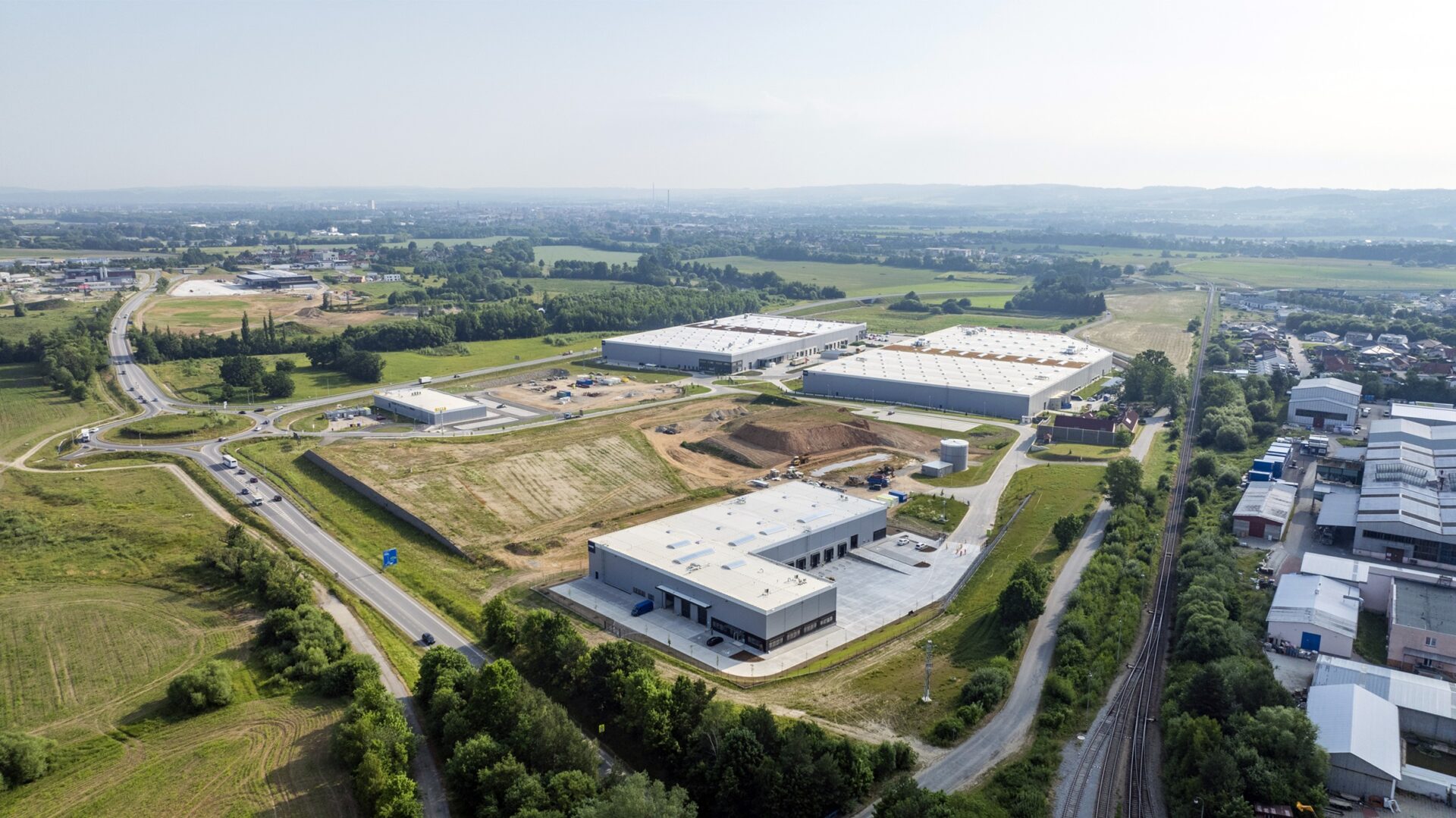During the first half of the year, the total investment volume in Europe reached more than €97 billion. Although this is 5 percent down on the last H1 turnover, it remains 42 percent up on the average past 10-year H1s, according to international real estate advisor Savills. The Netherlands and Poland particularly stand out, recording an annual increase of investment activity of 176 percent and 100 percent respectively, followed by Ireland (94 percent) and Portugal (35 percent).
The share of core markets remains unchanged, still accounting for 65 percent of the total volume. While H1 2018 investment volumes are slightly down compared to last year in both the UK (-9 percent) and Germany (-7 percent), they are up by 27 percent in France compared to a sluggish first half of 2017 due to the presidential elections. Urban and infrastructure developments for the Grand Paris project and the 2024 Olympic Games and an improved political landscape are positive signs that are attracting investors to France and more particularly the Paris region.
Demand for office investments remains high, supported by strong fundamentals: Office vacancy rates remain extremely low in all major European cities and development activity is still insufficient to meet demand. While prime CBD office yields are showing signs of stabilisation, secondary CBD office yields and prime non-CBD office yields remain under strong downward pressure. On average across Europe, they moved in by 22bps and 31bps respectively, resulting in a narrowing of yield gaps. The average prime non-CBD office yield currently stands at 4.9 percent, below the average secondary CBD office yields which is at 5%, reflecting strong investor appetite for prime assets, also outside the CBD.
Europe is still attracting foreign capital, which accounted for half of the total volume, in line with the 5-year average. However, overall cross-border inflows mainly came from European countries during the first half of this year, whereas both U.S. and Asian investments in European property decreased compared to last year. U.S. capital is progressively cycling out of opportunistic strategies to focus on core/ core plus opportunities. The decrease of Asian inflows is mainly due to the Chinese government’s restriction on outbound investments, whilst interest from Korean and Singapore investors in particular is continuing.
In Poland, the first half of 2018 ended with a high transaction volume of over €3.24 billion, boosted by a €1.0 billion portfolio transaction in the retail sector closed at the beginning of the year. However, considering the number of transactions, a shift towards the office and industrial sectors is now clearly visible. As far as the origin of capital is concerned, cross-border capital remains dominant in Poland, with a growing share of overseas investment, particularly from Asia and South Africa. Prime yields on the Polish commercial real estate market have recently sharpened and set new benchmarks, breaking a psychological barrier of 5.00 percent for the first time. Prime office yields reached approximately 4.75 percent in Warsaw.
Offices will continue to be the preferred European asset class over the next 12 months, although investors’ appetite for alternative assets and logistics will continue to rise, according to Savills.
Marcus Lemli, head of Savills European investment, says: “We are seeing market dynamics in Europe slowing down but at the same time the fundamentals remain positive, despite political risks. Therefore we believe the current cycle could continue for quite some time. Interest from international and domestic investors in European real estate remains high and we expect the commercial investment volumes for 2018 to be broadly in line with last year.”
Lydia Brissy, director in Savills research team, adds: “Most investors in Europe are still seeking secure assets in prime locations across all sectors, but they are increasingly forced to move up the risk curve. As logistics is becoming an integral component of a successful multi-channel retail strategy, demand for logistic assets is growing, whilst investors restrain their exposure to the traditional retail sector, to ultra-prime locations let to strong covenants.”
Marek Paczuski, deputy head of investment at Savills Poland, says: “Following a very good 2017 with a record investment volume of approximately €5.03 billion, Poland is on a strong path to break another record with a total transaction volume expected to exceed €6.0 billion at the end of the year. Investment sentiment on the real estate market in Poland remains positive. Despite some political concerns which are no exception in Europe, economic growth remains strong and sustainable. The commercial property market in Poland still offers a decent yield premium compared to major western European markets and the solid market foundations still offer good prospects for the real estate market to continue its momentum.”







